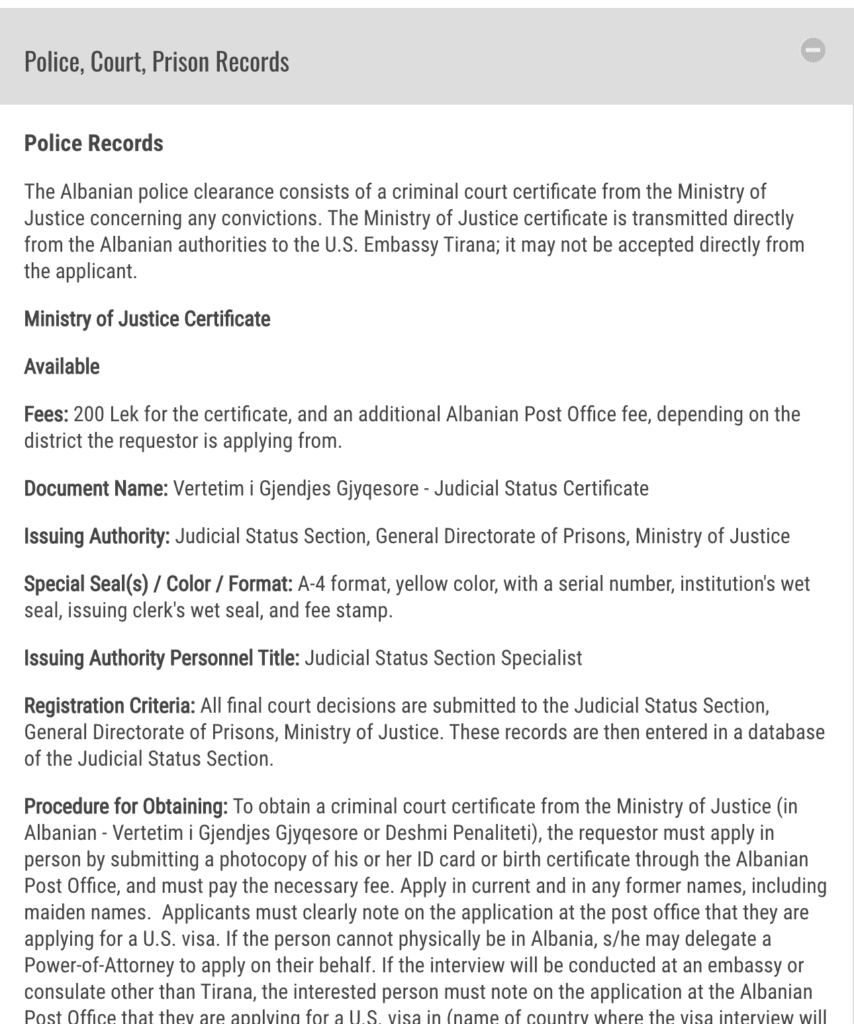CMS Finalizes Changes for Telehealth Services for 2023 | Blogs | Health Care Law Today
On November 1, 2022, the Centers for Medicare and Medicaid Services (CMS) released its final 2023 Medicare Physician Fee Schedule (PFS) rule. As finalized, some of the most significant telehealth policy changes include:
- Discontinuing reimbursement of telephone (audio-only) evaluation and management (E/M) services;
- Discontinuing the use of virtual direct supervision;
- Five new permanent telehealth codes for prolonged E/M services and chronic pain management;
- Postponing the effective date of the telemental health six-month rule until 151 days after the public health emergency (PHE) ends;
- Extending coverage of the temporary telehealth codes until 151 days after the PHE ends;
- Adding 54 codes to the Category 3 telehealth list and modifying their expiration to the later of the end of 2023 or 151 days after the PHE ends.
According to the September 2021 Medicare Telemedicine Snapshot, telehealth services have increased more than 30-fold since the start of the PHE and have been utilized by more than half of the Medicare population. Telehealth and other digital health modalities continue to increase in importance for Medicare populations and corresponding health care providers. Consequently, as the PHE continues to wind down and the telehealth waivers near their end, CMS continues to grapple with how to maintain appropriate access to telehealth services without hitting the “Telehealth Cliff.” Much of the changes in the PFS reflect this struggle and the challenge of post-PHE re-imposition of the Social Security Act’s Section 1834(m) requirements for telehealth.
Discontinuing Reimbursement of Telephone (Audio-Only) E/M Services
Under PHE waivers, CMS allowed separate reimbursement of telephone (audio-only) E/M services (CPT codes 99441-99443), something embraced by many practitioners and patients, particularly patients in rural areas or without suitable broadband access, as well as patients with disparities in access to technology and in digital literacy.
Yet, audio-only was not universally embraced as a permanent covered service with separate reimbursement. In the final rule, CMS elected to discontinue such coverage post-PHE, and did not permanently add these services to the Medicare Telehealth Services List. With the exception of certain telemental health services, CMS stated two-way interactive audio-video telecommunications technology will continue to be the Medicare requirement for telehealth services following the PHE. This is because Section 1834(m)(2)(A) of the Social Security Act requires telehealth services be analogous to in-person care by being capable of serving as a substitute for the face-to-face encounter. CMS stated, “we believe that the statute requires that telehealth services be so analogous to in-person care such that the telehealth service is essentially a substitute for a face-to-face encounter.” As audio-only telephone is inherently non-face-to-face, CMS determined the modality fails to meet the statutory standard.
CMS also rejected a request from a commenter to create a third virtual check-in code with a crosswalk to CPT code 99443 for a longer virtual check-in than the existing G2012 (5-10 minutes) and G2252 (11-20 minutes) codes. CMS’ reasoning was that the virtual check-in codes are meant to be used to determine the need for care and as such, there is not a clear necessity for a longer virtual check-in code.
Therefore, 151 days after the PHE expires, with the exception of certain mental health telehealth services, audio-only telephone E/M services will revert to their pre-PHE “bundled” status under Medicare (i.e., covered but not separately payable, also known as “provider-liable”). Practitioners will no longer receive separate reimbursement for these services.
Discontinuing the Use of Virtual Direct Supervision
Under Medicare Part B, certain types of services (e.g., diagnostic tests, services incident to physicians’ or practitioners’ professional services) must be furnished under the direct supervision of a physician or practitioner. For Medicare purposes, direct supervision requires the supervising professional to be physically present in the same office suite as the supervisee, and immediately available to furnish assistance and direction throughout the performance of the procedure. The supervising professional need not be present in the same room during the service, but the “immediate availability” requirement means in-person, physical – not virtual – availability.
Among the PHE waivers, CMS temporarily changed the direct supervision rules to allow the supervising professional to be remote and use real-time, interactive audio-video technology. That change did not require the professional’s real-time presence at, or live observation of, the service via interactive audio-video technology throughout the performance of the procedure. This change was temporary because CMS was concerned widespread direct supervision through virtual presence may not be safe for some clinical situations.
In the final rule, CMS rejected requests to make virtual direct supervision a permanent feature in Medicare. Therefore, virtual direct supervision will expire at the end of the calendar year in which the PHE ends. With the extension of the PHE through January 11, 2023, virtual direct supervision will be available through at least the end of 2023.
Three New Telehealth Codes for Prolonged E/M Services and Chronic Pain Management
CMS rejected all stakeholder requests to permanently add codes to the Medicare Telehealth Services List. Following its standard evaluation process for such requests, CMS considered whether they met appropriate categories.
Category 1 services must be “similar to professional consultations, office visits, and/or office psychiatry services that are currently on the Medicare Telehealth Services List.” Category 2 services require “evidence of clinical benefit if provided as telehealth” and all necessary elements of the service must be able to be performed remotely. CMS rejected this year’s requests because none of the proposed services (e.g., therapy, electronic analysis of implanted neurostimulator pulse generator/transmitter, adaptive behavior treatment and behavior identification assessment codes) met the requirements of Category 1 or 2 services. Interested stakeholders should collect and submit better evidence to persuade CMS to add these codes on a Category 1 or 2 basis next year (submissions are due by February 10, 2023).
CMS itself proposed five new codes to be added to the Medicare Telehealth Services list on a permanent basis:
- G0316 (Prolonged hospital inpatient or observation care evaluation and management service(s) beyond the total time for the primary service (when the primary service has been selected using time on the date of the primary service); each additional 15 minutes by the physician or qualified healthcare professional, with or without direct patient contact (list separately in addition to CPT codes 99223, 99233, and 99236 for hospital inpatient or observation care evaluation and management services).
- G0317 (Prolonged nursing facility evaluation and management service(s) beyond the total time for the primary service (when the primary service has been selected using time on the date of the primary service); each additional 15 minutes by the physician or qualified healthcare professional, with or without direct patient contact (list separately in addition to CPT codes 99306, 99310 for nursing facility evaluation and management services).
- G0318 (Prolonged home or residence evaluation and management service(s) beyond the total time for the primary service (when the primary service has been selected using time on the date of the primary service); each additional 15 minutes by the physician or qualified healthcare professional, with or without direct patient contact (list separately in addition to CPT codes 99345, 99350 for home or residence evaluation and management services).
- G3002 (Chronic pain management and treatment, monthly bundle including, diagnosis; assessment and monitoring; administration of a validated pain rating scale or tool; the development, implementation, revision, and/or maintenance of a person-centered care plan that includes strengths, goals, clinical needs, and desired outcomes; overall treatment management; facilitation and coordination of any necessary behavioral health treatment; medication management; pain and health literacy counseling; any necessary chronic pain related crisis care; and ongoing communication and care coordination between relevant practitioners furnishing e.g. physical therapy and occupational therapy, complementary and integrative approaches, and community-based care, as appropriate. Required initial face-to-face visit at least 30 minutes provided by a physician or other qualified health professional; first 30 minutes personally provided by physician or other qualified health care professional, per calendar month. (When using G3002, 30 minutes must be met or exceeded.))
- G3003 (Each additional 15 minutes of chronic pain management and treatment by a physician or other qualified health care professional, per calendar month (List separately in addition to code for G3002). (When using G3003, 15 minutes must be met or exceeded.)).
The prolonged E/M services and chronic pain management codes were added on a Category 1 basis because they are sufficiently similar to other Medicare Telehealth Services currently listed on a Category 1 basis. However, notably, the first instance of G3002 must be furnished in-person without the use of telecommunications technology.
Postponing the Effective Date of the Telemental Health Six-Month Rule Until 151 Days After PHE Ends
In 2020, Congress imposed new conditions on telemental health coverage under Medicare, creating an in-person exam requirement alongside coverage of telemental health services when the patient is located at home. Under the rule, Medicare will cover a telehealth service delivered while the patient is located at home if the following conditions are met:
- The practitioner conducts an in-person exam of the patient within the six months before the initial telehealth service;
- The telehealth service is furnished for purposes of diagnosis, evaluation, or treatment of a mental health disorder (other than for treatment of a diagnosed substance use disorder (SUD) or co-occurring mental health disorder); and
- The practitioner conducts at least one in-person service every 12 months of each follow-up telehealth service.
For a full understanding of the rule, read the Frequently Asked Questions and what it means for practitioners at Medicare Telehealth Mental Health FAQs.
The rule was originally scheduled to take effect the day after the PHE expires. But it is now set to take effect 151 days after the PHE expires.
Extending Coverage of the Temporary Telehealth Codes Until 151 Days After the PHE Ends
Temporary telehealth codes are those services added to the Medicare Telehealth Services List during the PHE on a temporary basis, but which were not placed into Category 1, 2, or 3. Coverage of those temporary telehealth codes had been scheduled to end when the PHE expires.
In the final PFS rule, CMS finalizes the extension of coverage of those temporary telehealth codes until 151 days after the PHE ends. CMS is doing so for consistency with the Consolidated Appropriations Act, 2022 (CAA). CMS stated this extension may simplify the post-PHE transition by applying the same coverage end date to all the various waiver-related telehealth codes in a hope to reduce billing errors. The complete list of temporary codes being extended for 182 days after the PHE ends can be found at this link.
Adding 54 Codes to the Category 3 Telehealth List
CMS added additional services to the Medicare Telehealth Services List on a Category 3 basis and potentially extended the expiration of these codes by modifying their expiration to through the later of the end of 2023 or 151 days after the PHE ends. CMS rejected a number of other codes from being added on a Category 3 basis because they relate to inherently non-face-to-face services, are provided by practitioner types who will no longer be permitted to provide telehealth services on the 152nd day following the end of the PHE, or the full scope of service elements cannot currently be furnished via two-way, audio-video communication technology.
CMS’ Category 3 list contains services that likely have a clinical benefit when furnished via telehealth, but lack sufficient evidence to justify permanent coverage. CMS proposed adding 54 codes to that Category 3 list. The services fall into nine categories: (1) therapy; (2) electronic analysis of implanted neurostimulator pulse generator/transmitter; (3) adaptive behavior treatment and behavior identification assessment; (4) behavioral health; (5) ophthalmologic; (6) cognition; (7) ventilator management; (8) speech therapy; and (9) audiologic. The complete list can be found at this link.
CMS again stated in the PFS that it hopes that interested parties will use the extended Category 3 time period to gather data supporting permanent inclusion of these codes in future rulemaking that is beyond mere statements of support and subjective attestations of clinical benefit. Instead, CMS is looking for actual demonstrative evidence of clinical benefits, such as clinical studies and peer reviewed articles. Thus, interested parties are encouraged to submit such evidence ahead of the February 2023 deadline if they wish to see Category 3 services added on a permanent basis.
In the final rule, CMS clarified the discrepancy noted in our write-up of the proposed PFS that could have led to Category 3 codes expiring before temporary telehealth codes if the PHE ends after August 2023. Thus CMS has potentially extended the expiration of Category 3 codes by modifying their expiration from the end of 2023 to the later of the end of 2023 or 151 days after the PHE ends to ensure Category 3 codes are available through any extensions provided for under the CAA.
Want to Learn More?
For more information on telemedicine, telehealth, virtual care, remote patient monitoring, digital health, and other health innovations, including the team, publications, and representative experience, visit Foley’s Telemedicine & Digital Health Industry Team.






